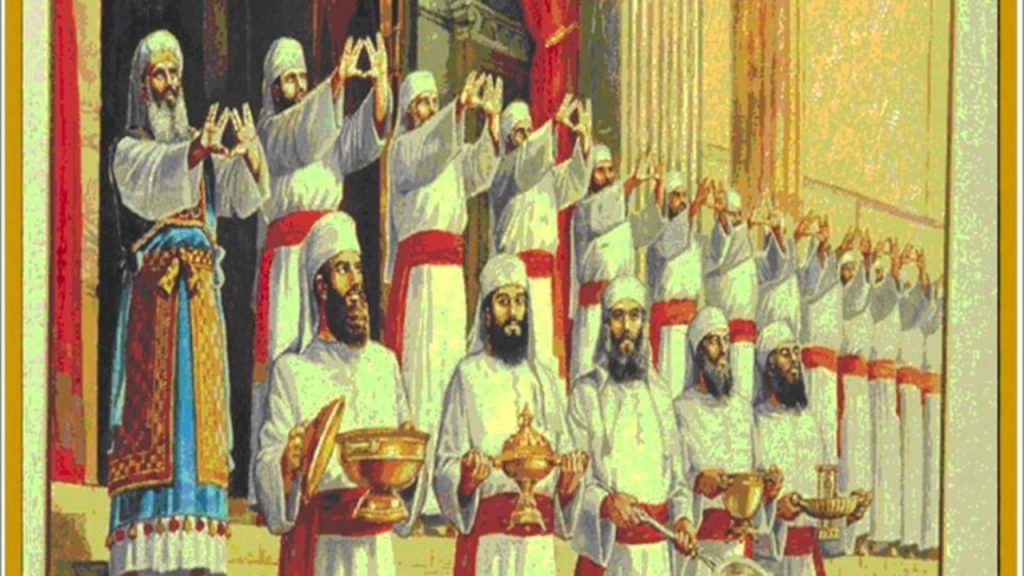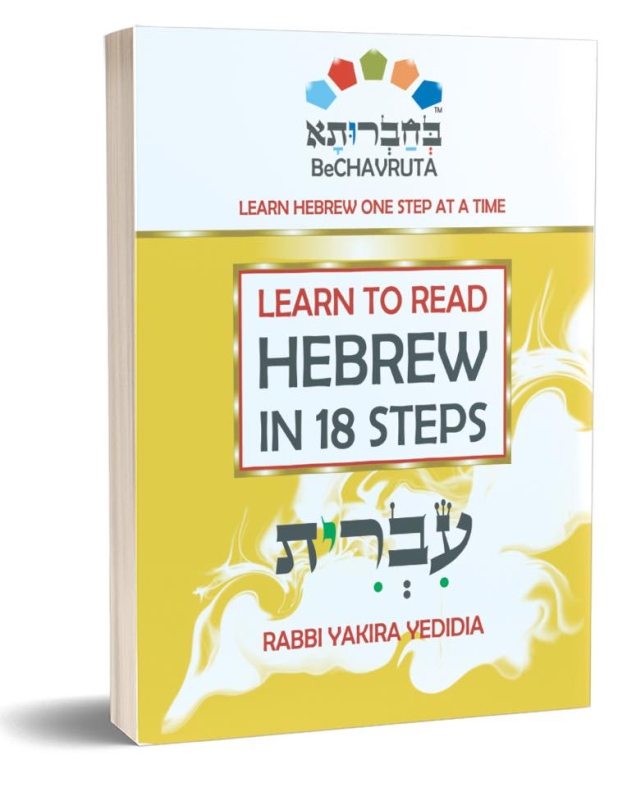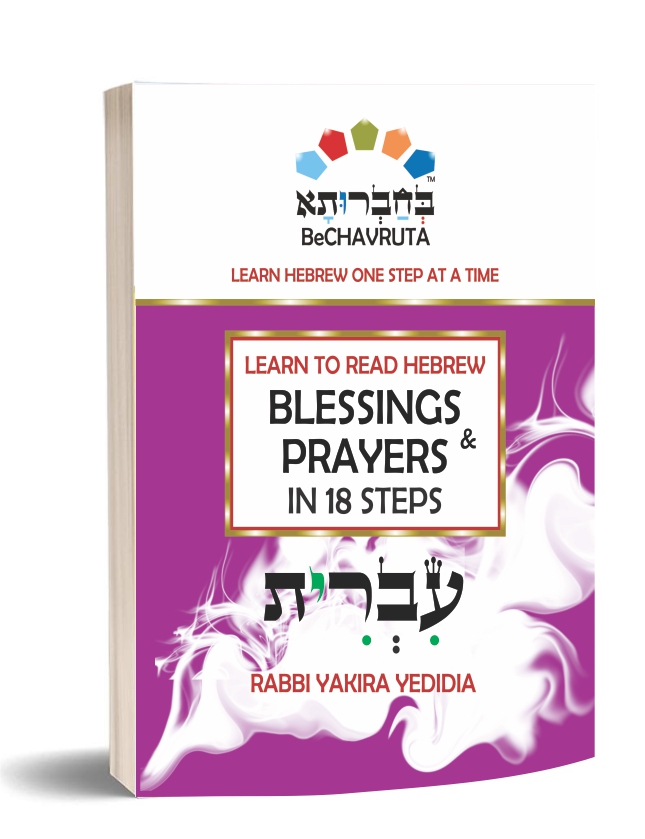In a nutshell
In this week’s Torah portion, Ki Tavo, Mosheh speaks reflectively, instructing the Israelites, as they approach the Promised Land at the end of their forty year journey through the wilderness, with the commandment of bikkurim, first fruits. Once you’ve entered the land that G‑d is giving to you, you must bring the first fruits of your harvest to the Holy temple to express your gratitude for all that G‑d has done for you. A reminder to pause and show gratitude for the greatness that surrounds us before diving in and enjoying Rosh Hashanah, and the joy of creation. Also, the laws of the “maaser” tithes that is given to the Levites and to the poor are included, and the blessings from observance and curses, tochechah, from violation of the law.
The first offering of fruits historically happened at Shavuot, and as the crops continue to grow and bloom through the summer, and during Sukkot, we are commanded to present another offering from our harvest when the farm is at its peak.
Parshat Ki Tavo falls on the week of the 18th of Elul, known as chai Elul, twelve days before Rosh Hashanah. Each day represents one of the twelve months of the year. Each day is an opportunity to look back and to review all the things we have thought, said, and done in the past year. During the month of Elul, as we’re reflecting on the way we were, the way we are, and the way we would like to be, as a preparation for the coming Day of Judgement, ראש השנה, and Day of Atonement, יום כיפור
Knowing
How Do You Know What You Think You Know? What is knowing? Knowing is defined as the state of being aware or informed, “done in full awareness or consciousness.” Friedrich Nietzsche once said: “There are no facts, only interpretations”, people very often confuse their interpretations with the facts. Epistemology, is the investigation of what distinguishes justified belief from opinion. According to this account, one can only claim that one’s belief counts as knowledge if the belief is in fact true and one is justified in believing that it’s true.
“Yet until this day, God has not given you a heart to know, eyes to see and ears to hear.”
וְלֹֽא־נָתַן֩ יְהֹוָ֨ה לָכֶ֥ם לֵב֙ לָדַ֔עַת וְעֵינַ֥יִם לִרְא֖וֹת וְאָזְנַ֣יִם לִשְׁמֹ֑עַ עַ֖ד הַיּ֥וֹם הַזֶּֽה:
“I have been impressed with the urgency of doing. Knowing is not enough; we must apply. Being willing is not enough; we must do.”-Leonardo da Vinci
In Ki Tavo, Mosheh also tells the Israelites that only now, after forty years in the wilderness, have they attained “a heart to know, eyes to see, and ears to hear.” May we all strive to listen, to see, to know, and to celebrate with all our senses. Kol tuv.

6 Mitzvot in parashat Ki Tavo
| 1. To read the Torah portion pertaining to their presentation Deut. 26:5269. 2. To read the confession of tithes every fourth and seventh year Deut. 26:13262. 3. Not to spend its redemption money on anything but food, drink, or ointment Deut. 26:14263. 4. Not to eat Ma’aser Sheni while impure Deut. 26:14264. 5. A mourner on the first day after death must not eat Ma’aser Sheni Deut. 26:1411. 6. To emulate His ways Deut. 28:9 | |
ORDER RABBI YAKIRA NEW BOOK “LEARN TO READ HEBREW IN 18 STEPS”
The 613 Mitzvot
The commandment of the tzitzit. The word tzitzit is related to the root word lehatzitz- to look, therefore a tzitzit is an object at which we look . In addition, the word tzitzit numerical value is 600. The tzitzit has 8 threads and 5 double knots in each corner (8+5=13), thus a tzitzit represents the 613 mitzvot in the Torah.
In The Torah there are 613 commandments, mitzvot, also known as the Law of Moses (תרי״ג מצוות, taryag mitzvot). The 613 mitzvot are first recorded in the 3rd century CE, when Rabbi Simlai mentioned it in a sermon that is recorded in Talmud Makkot 23b.
The 613 commandments include 248 “positive commandments”, to perform an act (mitzvot aseh), and 365 “negative commandments”, to abstain from certain acts (mitzvot lo taaseh). The negative commandments number 365, which coincides with the number of days in the solar year, and the positive commandments number 248, a number ascribed to the number of bones and main organs in the human body.
Though the number 613 is mentioned in the Talmud, its real significance increased in later medieval rabbinic literature, including many works listing or arranged by the mitzvot. The most famous of these was an enumeration of the 613 commandments by Maimonides, The Rambam.
Many of the mitzvot cannot be observed now, following the destruction of the Second Temple, although they still retain religious significance. According to one standard reckoning, there are 77 positive and 194 negative commandments that can be observed today, of which there are 26 commands that apply only within the Land of Israel. Furthermore, there are some time-related commandments from which women are exempt (examples include shofar, sukkah, lulav, tzitzit and tefillin). Some depend on the special status of a person in Judaism (such as kohanim), while others apply only to men or only to women. According to Rambam Organized by Parshah. based on Wikipedia and http://www.vaadrv.org/rambam613mitzvot.asp ONE BIG IMPORTANT NOTE WHEN USING THIS LISTING: This listing is not all inclusive. Rambam may site multiple sources for a mitzvah is his works but this list currently only gives one source for each mitzvah.
WOULD YOU LIKE TO READ HEBREW?
THE BEST TIME TO PLANT A TREE WAS 20 YEARS AGO. THE SECOND BEST TIME IS NOW!
Take your first step, and in as little as 9 hours of BeCHAVRUTA Crash Course Book, you will be able to Read Hebrew Fluently & Accurately like a Pro!
ORDER RABBI YAKIRA NEW BOOK “LEARN TO READ HEBREW IN 18 STEPS”
“Original, fun, and effective, this is a superb way to learn to read Hebrew.“- DENNIS PRAGER
“A clear, lucid and immensely helpful guide to learning Hebrew. Takes the reader by the hand and introduces the holy tongue in living color.“-RABBI DAVID WOLPE
“An instant classic! Rabbi Yakira has written a primer on Hebrew that is both enchanting & colorful. It is sure to capture the interest of students & magically introduce them to the Hebrew language!”-RABBI DR DAVID ELLENSON
The Priestly Blessing
Check out YedidYah “The Priestly Blessing” Birkat Hakohanim. Music by Rabbi Yakira Yedidia https://youtu.be/YNE11QdEMN0
יְבָרֶכְךָ יהוה, וְיִשְׁמְרֶךָ- May the LORD bless you and guard you
יָאֵר יהוה פָּנָיו אֵלֶיךָ, וִיחֻנֶּךָּ -May the LORD make His face shed light upon you and be gracious unto you
יִשָּׂא יהוה פָּנָיו אֵלֶיךָ, וְיָשֵׂם לְךָ שָׁלוֹם- May the LORD lift up His face unto you and give you peace
Yevarechecha Adonai, V’Yishmerecha
Ya’er Adonai Panav Eleycha, ViChoneka
Yisa Adonai Panav Eleycha, V’Yasem Lecha Shalom
(Number 6:24-26).
Check out YedidYah “The Priestly Blessing” Birkat Hakohanim. Music by Rabbi Yakira Yedidia https://youtu.be/YNE11QdEMN0
Check out YedidYah Psalm 96 “Yiram Hayam” Music by Rabbi Yakira Yedidia https://youtu.be/aTBD4i9nvXw

This blog article was inspired by chabbad.org, Sefaria.org, Wikipedia.org,



